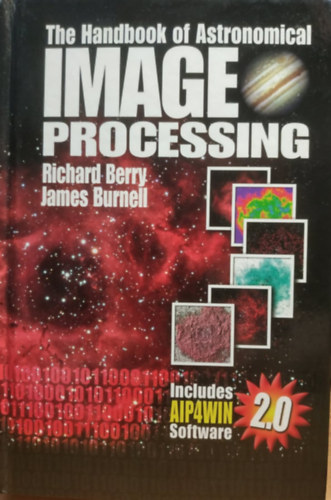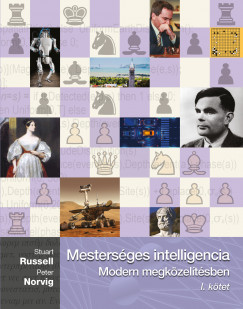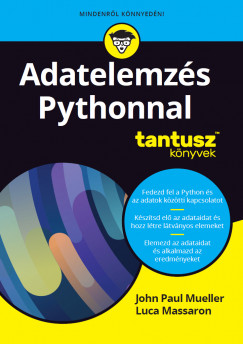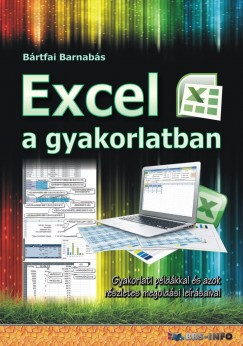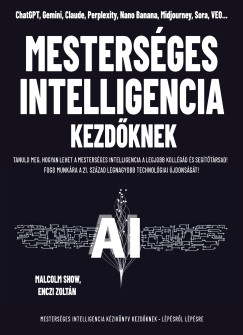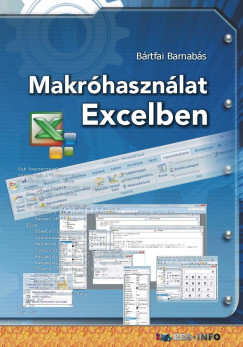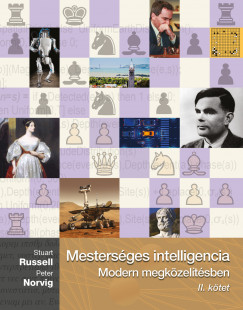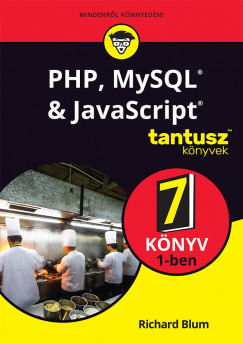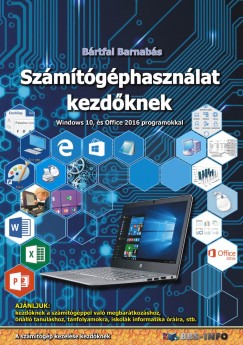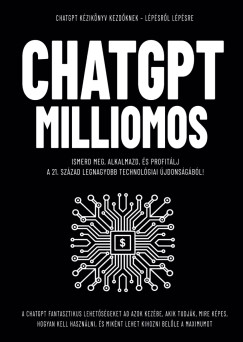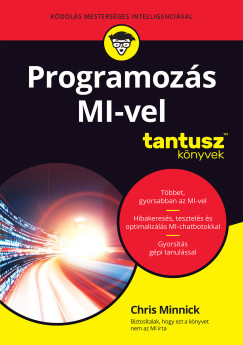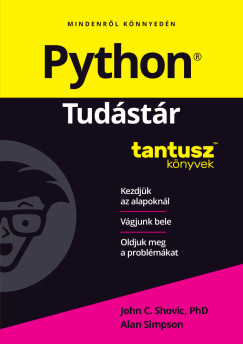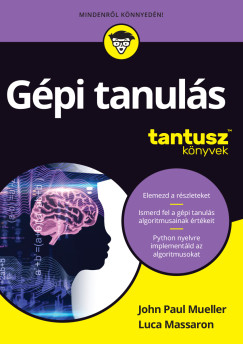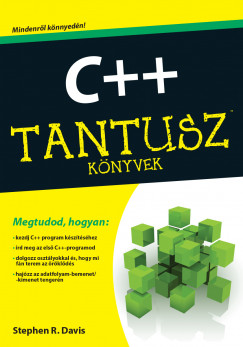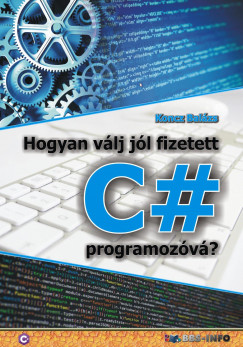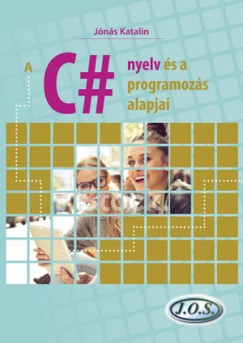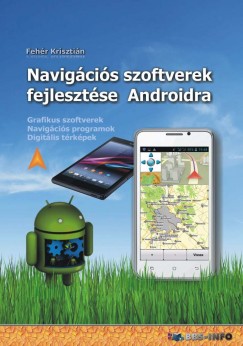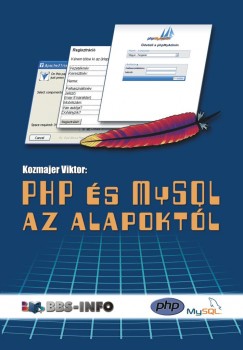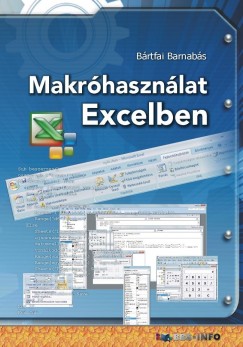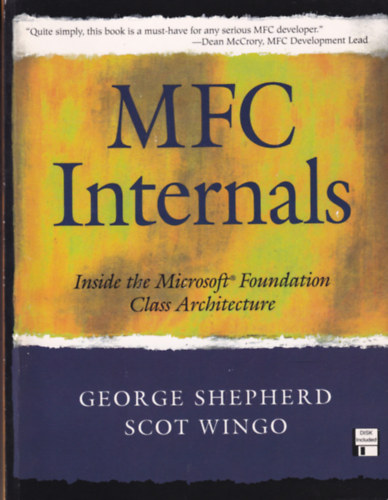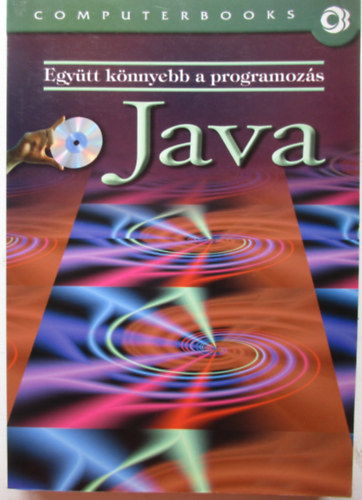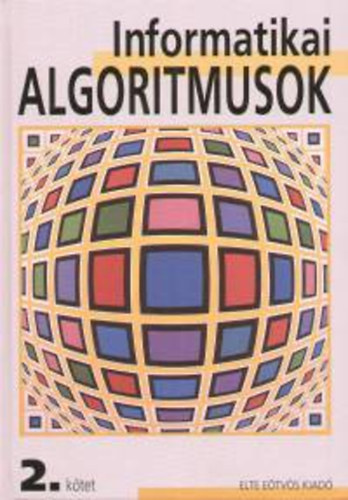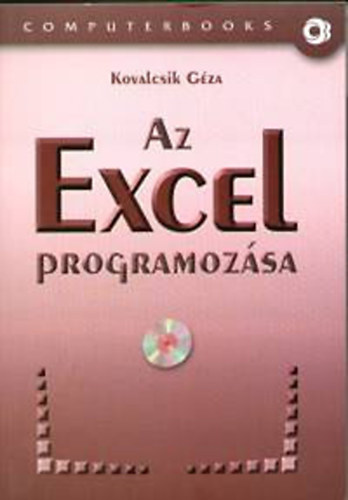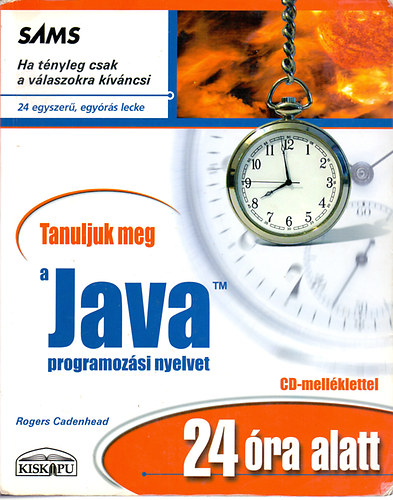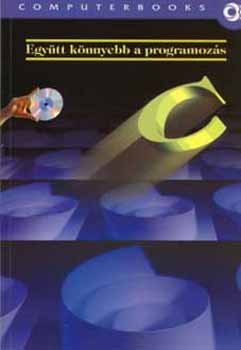About this book and software...
This second edition of the Handbook of Astronomical Image Processing (HAIP) and its integral AIP for Windows 2.0 image processing software (AIP4Win2.0) addresses many important changes that have taken place in astronomical imaging since the publication of the first edition. Today\'s affordable astro-imaging capable digital single-lens-reflex cameras (DSLRs), the growing power of personal computers, and the proliferation of telescopes and imaging accessories has brought imaging capabilities within the reach of practically every amateur astronomer - and this second edition of the Handbook plus AIP4Win 2.0 is ready, willing, and able to assist every observer in making great astronomical images.
In the Handbook, we amplified the original chapters on astronomical equipment and imaging techniques, revised our discussions of astrometry and photometry to reflect the steady growth in these scientific fields, and expanded tutorials in the back of the book to help you get up to speed quickly. On the accompanying CDROM (found on the inside back cover) you will find hundreds of megabytes of sample images you can use to learn techniques such as image registration and stacking that guarantee good results even from those living with suburban and urban skies. Also new are comprehensive chapters on color imaging with astronomical CCD cameras and processing color images from digital cameras, and photon-counting fundamentals every serious astro-imager needs to know. Detailed chapters cover these fundamental topics:
Basic imaging: How the light that falls on your CCD becomes an image. Covers image formation, cameras, telescopes, detectors, sensor geometry, image capture, field of view, and angluar coverage.
Counting Photons: \"Astronomy is about counting photons....\" Covers signal, noise, the signal-to-noise ratio, the Poisson and Gaussian distributions and why they matter, making better pictures by summing images, and how dark frames and flat frames effect the signal and noise in your images.
Digital Image Formats: Covers the file formats that astronomers use, including FITS, TIFF, BMP, and JPEG. Learn file format basics, how your image data is arranged inside the file on your computer\'s hard disk.
Imaging Tools: All about sensors, optics, cameras, and telescopes. Explains how to calculate the field of view and resolution of your system, telescope optics for imagers, auxiliary optics, mounts, drives, tracking, filters, and how to recognize and correct common equipment problems.
Imaging Techniques: \"Good equipment is only half the story!\" Covers the techniques that experienced imagers use to obtain high-quality images. Includes polar alignment, good guiding, critical focus, correct exposure, darks and flats, light boxes, and special considerations for DSLR cameras.
Image Calibration: Examines the nitty-gritty details of image calibration. All about bias, dark noise, flat-fielding, standard and scalable darks, cosmic rays, making master dark frames, flats, standard calibration protocols, and defect mapping and correction.
Image Analysis: \"Locked within the numerical values that make up a calibrated CCD image is a staggering amount of information.\" Covers pixel coordinates, pixel value, image statistics, the image histogram, feature analysis, the centroid, distances, and image profiles.
Measuring CCD Performance: How to measure the performance of your CCD camera. Discusses goals in measuring CCD performance, how to shoot test images, and the determination of bias level, dark current, gain, linearity, and readout noise.
Astrometry: Asteroid hunters measure the postions of new-found objects using astrometry. Covers the theory behind finding right ascension and declination from a CCD image, practical astrometry, and the uses of astrometry.
Photometry: Amateur observers now work side by side with professional astronomers to measure the variations of variable stars, supernovae, asteroids, and comets using the CCD to capture precise measures of brightness.
Spectroscopy: An emerging area for amateus astronomers brought to you by the CCD camera. Covers spectra and spectrographs, gratings, prisms, slit- and slitless systems, and the properties and meaning of stellar spectra.
Geometric Transforms: Covers translation, rotation, scaling, flipping, cropping, floating, and resampling. Demystifies the basic geometric operations used in astronomical image processing.
Point Operations: Learn how software converts the pixel values your CCD camera captures into the sparkling images you see in popular magazines and amateur websites. Remapping, transfer functions, linear, log, and exponential scalings explained. Covers endpoint specification and histogram specification.
Linear Operators: All about one of the most useful tools in the amateur astronomer\'s digital toolbox. Describes how digital convolution performs crispening, sharpening, smoothing. Learn about low-pass and high-pass kernels, Sobel, Kirsch, and Prewitt operators, and that most useful of linear tools: the unsharp mask.
Non-Linear Operators: Non-linear operators perform useful services like cleaning up noisy images. Cover rank-order processes, the median filter, local adaptive sharpening, noise filters, and morphological operators.
Image Operations: Multi-image operations are the basic tool for making superior astro-images. Covers image math, median-combine stacking, image registration, blinking, and track-and-stack image summing.
Images in Frequency Space: Unlocks the mysteries of the Fourier Transform and image processing in the spatial frequency domain. These powerful techniques used by profession astronomers are now accessible to amateurs
Wavelets: Explores the hottest new image processing and restoration techniques. Covers the wavelet transform, the inverse wavelet transform, spatial filtering, the wavelet noise filter, and iterative filtering techniques.
Deconvolution: Deconvolution attempts to restore images degraded by a turbulent atmosphere, poor telescope optics, and tracking errors. Discusses algorithms used to sharpen Hubble Space Telescope images, how they work, and how amateurs can use them.
Building Color Images: You\'ve seen fantastic astro-images on the web and in popular magazines and books. Learn how astronomers capture and build color images from multiple exposures through different color filters. Covers the colors of astronomical objects, luminace, chrominance, color space, white balance, G2V stars, RGB and LRGB color image capture.
Processing Color Images: The digital SLR camera has done much to bring color imaging to the average amateur astronomer. Explains the Bayer array, color image bit depth, noise, dark current, vignetting, calibration, image stacking, and luminace enhancement techniques.
+ Mutass többet
- Mutass kevesebbet


